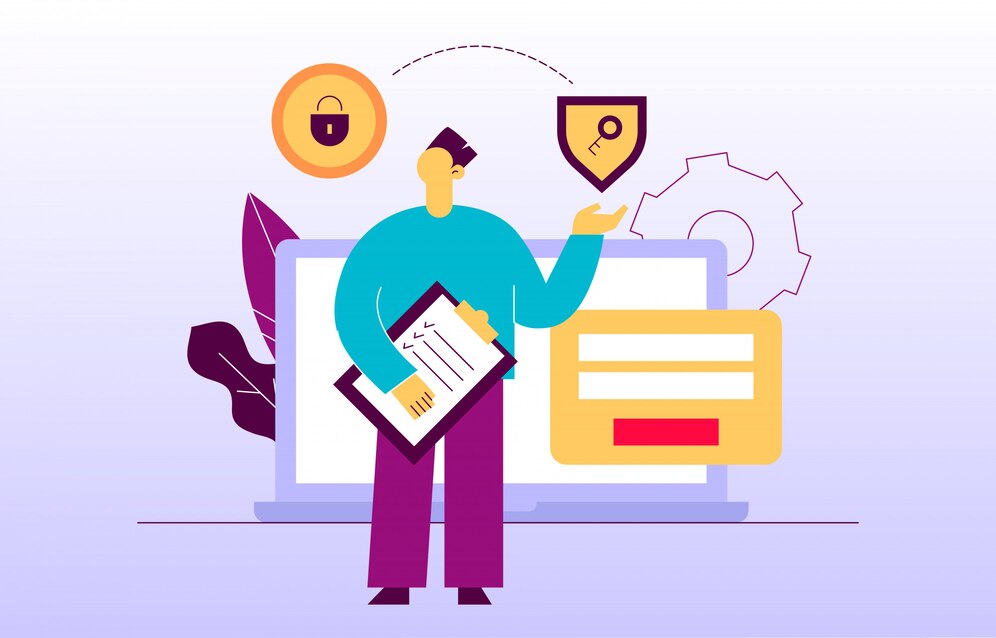Introduction
In today's digital landscape, where data breaches and cyber threats are prevalent, ensuring secure access controls in archive legacy systems is of paramount importance. These systems often contain sensitive and valuable information accumulated over the years, making them prime targets for unauthorized access. Implementing robust access controls is crucial to safeguarding this data and mitigating the risks associated with legacy systems.
Challenges in Access Control
One of the primary challenges in implementing secure access controls in archive legacy systems is the outdated infrastructure and security mechanisms inherent in these systems. Many legacy systems were designed and implemented before modern cybersecurity threats emerged, leaving them vulnerable to exploitation. Additionally, the complexity and heterogeneity of legacy systems make it challenging to implement uniform access controls across all components.
Solutions for Secure Access Controls
To address these challenges, organizations can adopt several strategies to implement secure access controls in archive legacy systems effectively. One approach is to conduct a comprehensive assessment of the existing access control mechanisms in legacy systems. This involves identifying gaps, vulnerabilities, and areas of improvement in access control policies and configurations.
Furthermore, organizations can leverage modern access management solutions to enhance security in archive legacy systems. Implementing role-based access control (RBAC), multi-factor authentication (MFA), and strong encryption techniques can significantly bolster security and mitigate the risks of unauthorized access. Additionally, regular security audits and penetration testing can help identify and address any vulnerabilities or weaknesses in access controls proactively.
implementing secure access controls
Another critical aspect of implementing secure access controls is user education and awareness. Organizations should provide training and resources to users on best practices for accessing and handling sensitive information in archive legacy systems. This includes educating users on password management, phishing awareness, and data protection protocols to minimize the risk of insider threats or human errors compromising system security.
Conclusion
In conclusion, implementing secure access controls in archive legacy systems is essential for protecting sensitive data and mitigating cybersecurity risks. By addressing the challenges associated with legacy system infrastructure and leveraging modern access management solutions, organizations can establish robust access controls to safeguard their valuable information. Additionally, user education and awareness play a crucial role in ensuring that access controls are effectively implemented and adhered to by all stakeholders. By prioritizing secure access controls, organizations can protect their archive legacy systems from unauthorized access and maintain the integrity and confidentiality of their data.





Comments